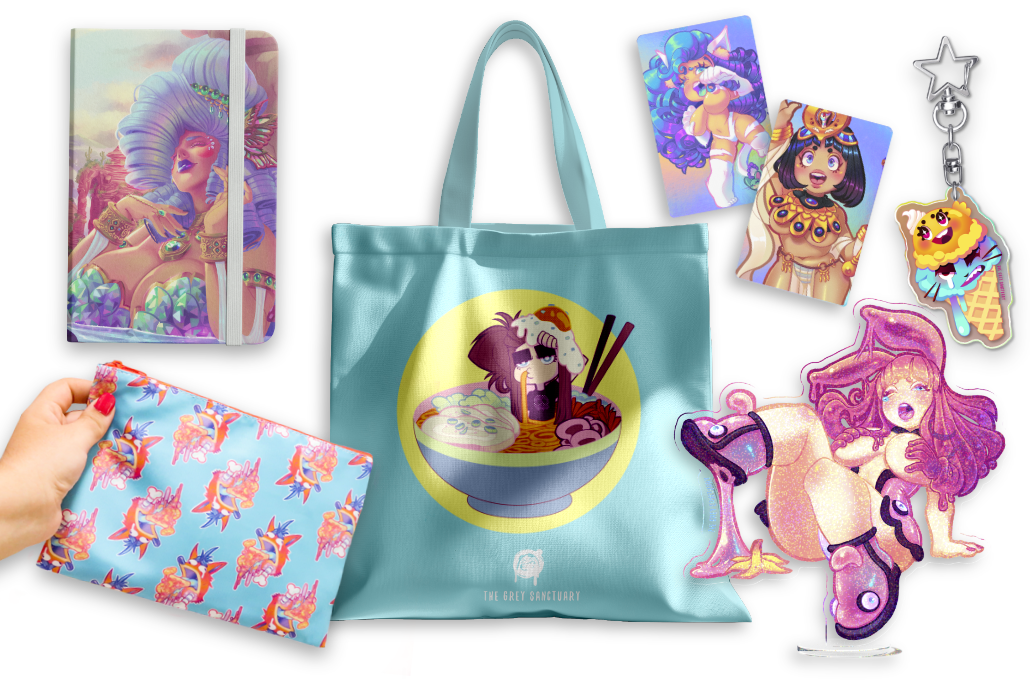

Little Cathedral Blog
What To Look For In A Paper?
In this old post, I talked about the importance of testing the sheets and how could you succeed in choosing the right one by experimenting with it and experiencing failures. Today I will explain the 5 keys (terms widely known in printing industries) in the most friendly yet brief way for a better understanding. If you are still unsure about the types of papers and their finishes, I suggest you talk to your local print company or anyone outside your location and ask for a catalog or sample kit, just like I did in my Catprint Sample Kit.

Paper Types
They are separated into 2 major categories: uncoated and coated. Coated finishes are divided into matte, dull, gloss, luster, and more. With these subcategories, the paper stocks are classified as offset, bond, cover, index, and vellum bristol.

Brightness & Color
Some come with a variety of colors and brightness (expressed on a scale of 1-100). It is very important the level since it can affect the readability and the quality of the product. The brighter and whiter the sheet is, the images will be lighter and vibrant. Although sometimes this level is not visible or written in all paper packages.

Finishes
Paper finishes are usually referred to as the texture and appearance of a page. The finish of the printed image or photo will depend on and be affected by the paper’s texture. Some can even fall into 2 categories, such as: smooth or textured.

Paper Weight
This can be quite confusing since not all of them have the same weight. The term refers to the thickness, density, and sturdiness of the sheet, not the weight overall. The most common word known is “Basis Weight” which is defined as the weight of 500 sheets of paper in its basic unit uncut size (before being cut in Letter or Legal size). There are 3 common methods for specifying paperweight and thickness: Basis (lbs.), Substance (Sub.), or Pound (#). Another term that you can stumble upon is GSM, which is the acronym standing for “Grams per Square Meter“.
Opacity
Depending on the thickness, components, and ink absorbency, the sheet will be able to generate the best quality possible. Having a higher degree of opacity helps to retain the ink from spreading to the backside of it. On the contrary, images may show through the page.

Why I Don’t Like Glossy Paper
Here is an example of why I dislike so much the glossy photo paper. Besides the annoying recorded fingertips in the glossy paper, the stickiness and awful damage to the material itself if a piece of tape was accidentally stuck on the paper, there is also the fading colors. Eventually, with time certain artwork with specific palette colors will fade away regardless of where you put them. I live on a tropical island and all my prints are sealed with cellophane, hanging on the walls.

Conclusion
Not all companies have all papers available, and not all of them work with the same materials and tools. The best way to learn more about papers, their finishes, and how the images get affected by not only the paper but also the setting of the printer, is by testing them out in your home. You can either buy a bundle package that contains a lot of different papers, buy some of your prints from a print company, or ask for a sample kit.
Resources
Mark, K. (2014, April 5). Paper weight, GSM and what it all really means:. Retrieved from http://www.theprintgroup.com.au/paper-weight-gsm-and-what-it-all-really-means
Schinkel, S. (2016, January 20). All About Paper Finishes | The Paper Blog. Retrieved from http://blog.thepapermillstore.com/all-about-paper-finishes/
Kleinfeld, M.(2012, December 14). Difference in Stocks: Paper, Cover Text, Offset and Board. Retrieved from http://www.postcardsrus.com/blog/post.cfm?id=14&
Besta, R. (2016, May 25). How to Choose the Right Paper for Printing. Retrieved from http://www.breathingcolor.com/blog/choose-right-paper/
Petraki, A. (n.d.). PAPER TYPES. Retrieved from https://rubiks.ca/EN/resource-center/useful-printing-tips/26-american-paper-sizes–what-are-the-american-paper-sizes-how-to-convert-paper-sizes.html
Thank You For Reading!
If you like my work and documentation and wish to see more, please consider contributing to my growth and hard work with more exploration, investment, and website maintenance.












Leave a Reply